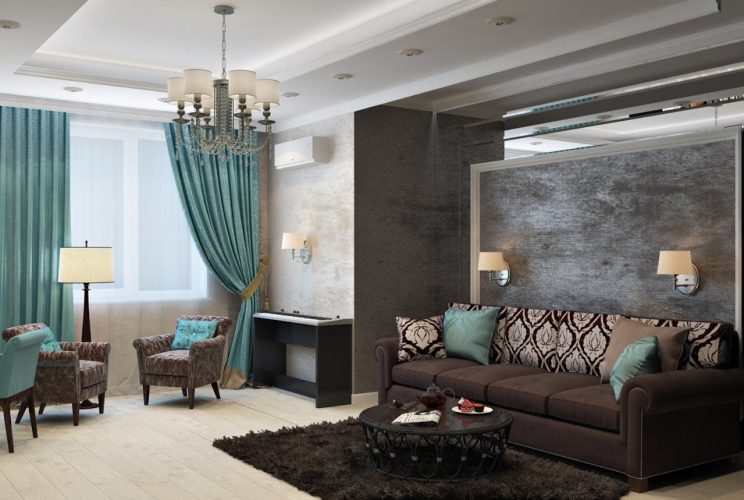Whether you’re a decorating novice or a pro, it’s always helpful to keep the following rules in mind before you get started. Below, we list the three basic rules of interior design that we can apply in every room of our home.
To begin with, we must emphasize the importance of knowing what is on the market in terms of furniture, fabrics, and upholstery and generally having, if not the full picture, the basic idea of the variety available in the stores that we can have at our disposal to achieve our purpose.
At this point, it is good to go back to the basics. With this motto in mind, today we have brought you the three rules of interior design that will completely change the way you treat the rooms in your home.
The 3 basic rules for interior design
Before you rush to say, “Rules aren’t meant to be broken,” read carefully what they have to tell us. The following rules are basic for a reason, so give them a try and see for yourself that they can make a difference.
The 3-level rule (or the vertical 3/3 rule)
The newest interpretation of the 3-layer rule comes from designer Mark McCauley, who described the concept in his book Color Therapy at Home: Real-Life Solutions for Adding Color to Your Life. Like many other current trends, this rule is based on our persistent desire to assimilate the external environment with our aesthetic perception.
McCauley’s idea works like this: in nature, with a more framed look, the darker colors will be towards the ground (think dark greens, rocks, and mud.) Meanwhile, the midtones of trees and plant life would be in the middle. The slightly highlighted sky will hug the top of the frame.
In his view, an elegant interior design will work the same way, with the darkest shade at the bottom, a medium shade in the middle and the lightest shade at the top. This is a useful starting idea for those trying to form a color palette. It can work with both multi-colored shades and monochromatic shades.
The 10-30-60 rule
The 10-30-60 rule is about creating the perfect color palette. When you decide what colors you want to use, it will also be time to determine what role those colors will play in your design. That’s where the 10-30-60 rule comes in. With this rule, you should choose a dominant shade, a secondary shade and an accent color (the color that will set the special tone for the space).
As the name of this rule suggests, your dominant shade will cover about 60% of the room. Since it plays such a big role in your design, you might want this to be your most neutral choice. The dominant shade is a good choice for things like wall color and floor coverings. Then the secondary shade can be a bit bolder and is usually suitable for furniture. Finally, the accent color is the boldest choice and can be found in the accessories.
The rule of three
Use the rule of thirds when drawing surfaces. Once you’ve got the colors under control, it’s time to look at your accessories. We’ve talked before about the importance of compositions (accessories), but when in doubt, it’s very helpful to follow the rule of three.
Grouped compositions create more visual interest than even numbered compositions. In particular, the composition of 3 elements seems to be the ideal number for a grouping as opposed to one, five, or even seven, because the first can give the feeling of being too sparse while the last two run the risk of appearing too full.
When choosing elements to group them together, you want to make sure they’re different enough to create visual interest while still maintaining the common denominator to tie them together.
The three rules of interior design can help you balance almost any design. Regardless of the room you are designing or your personal aesthetic, you may want to consider giving them a try.

